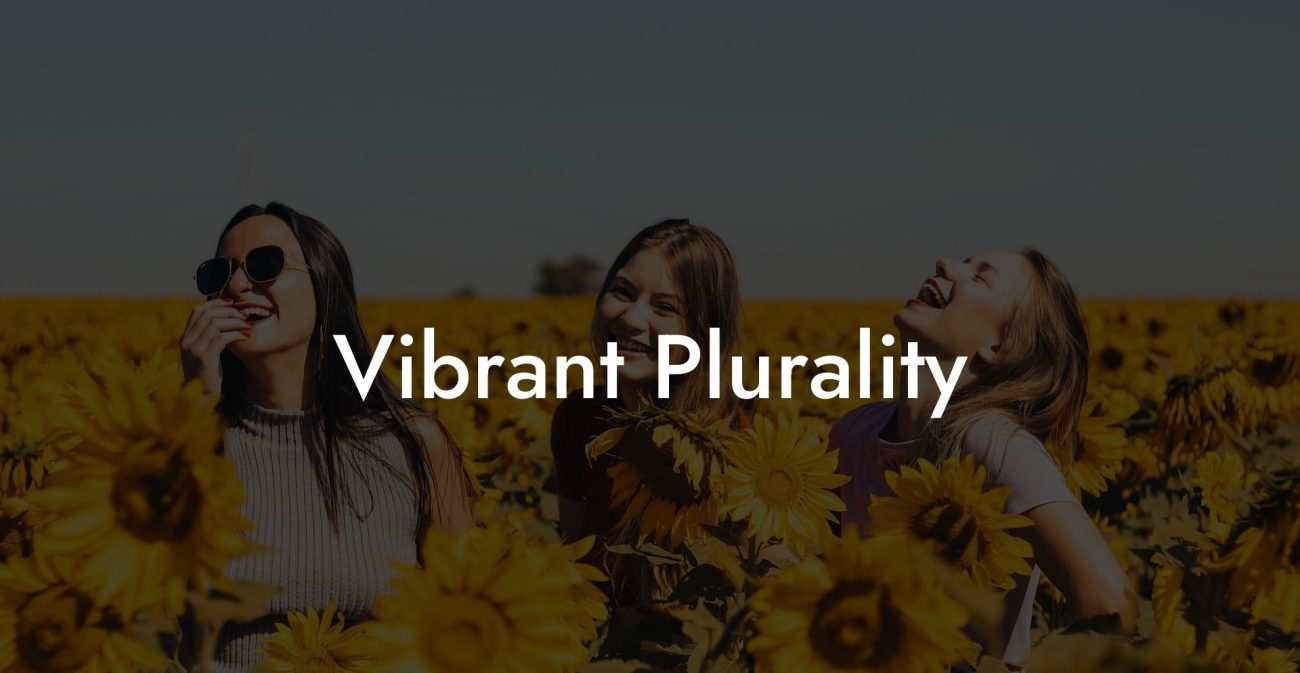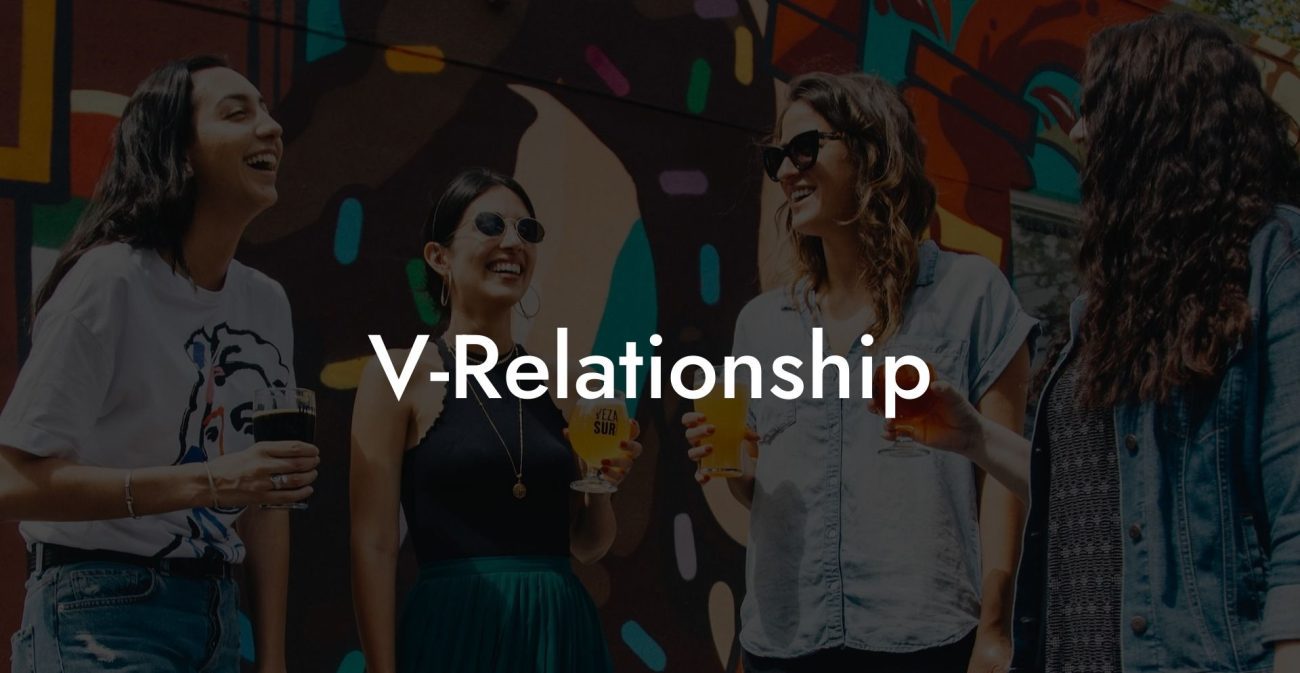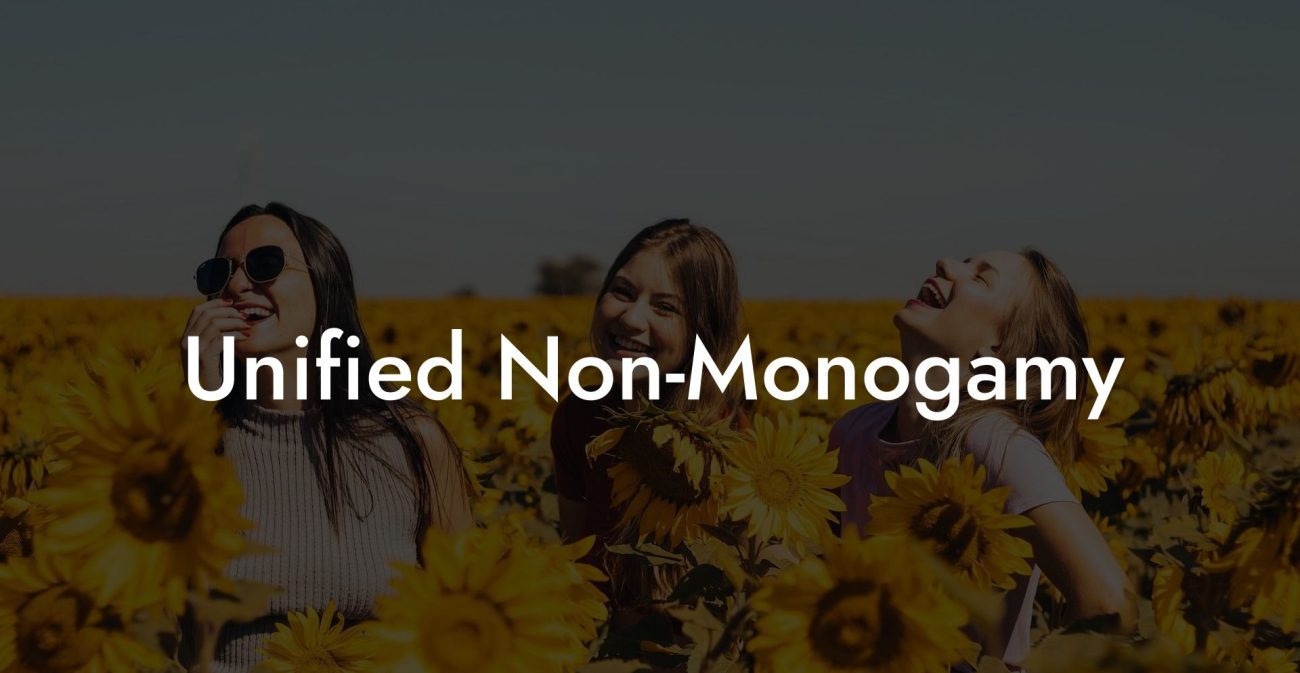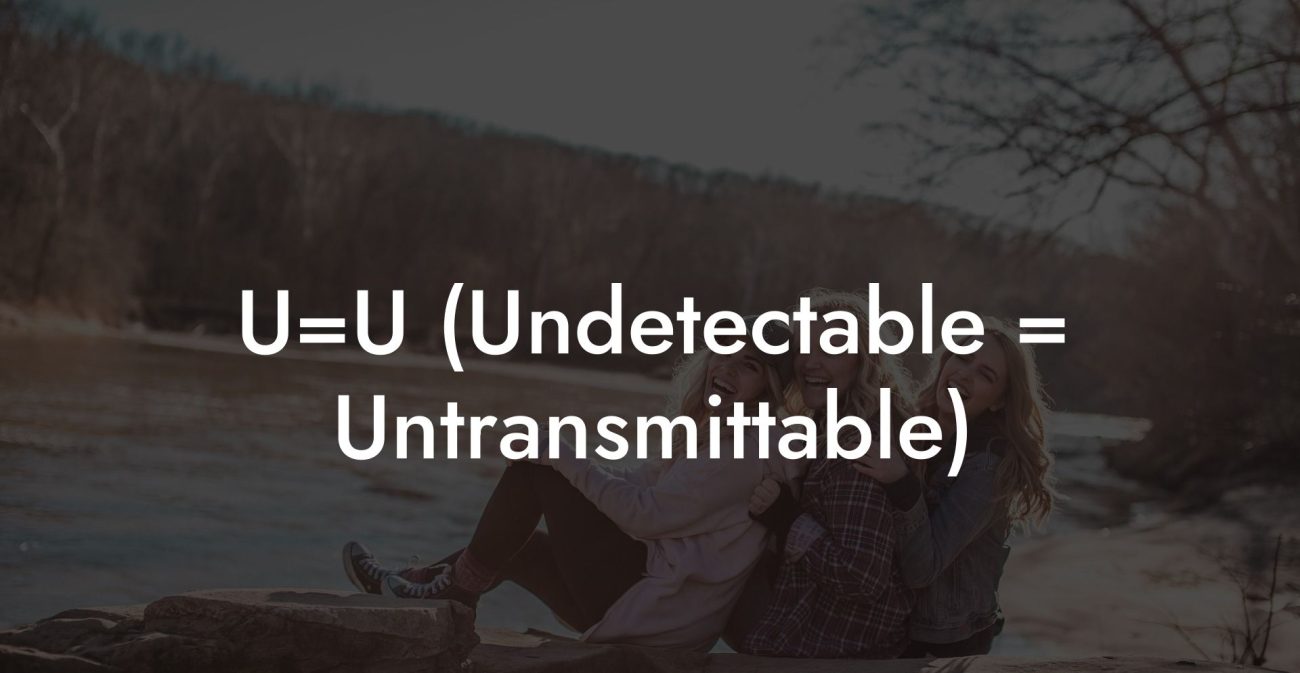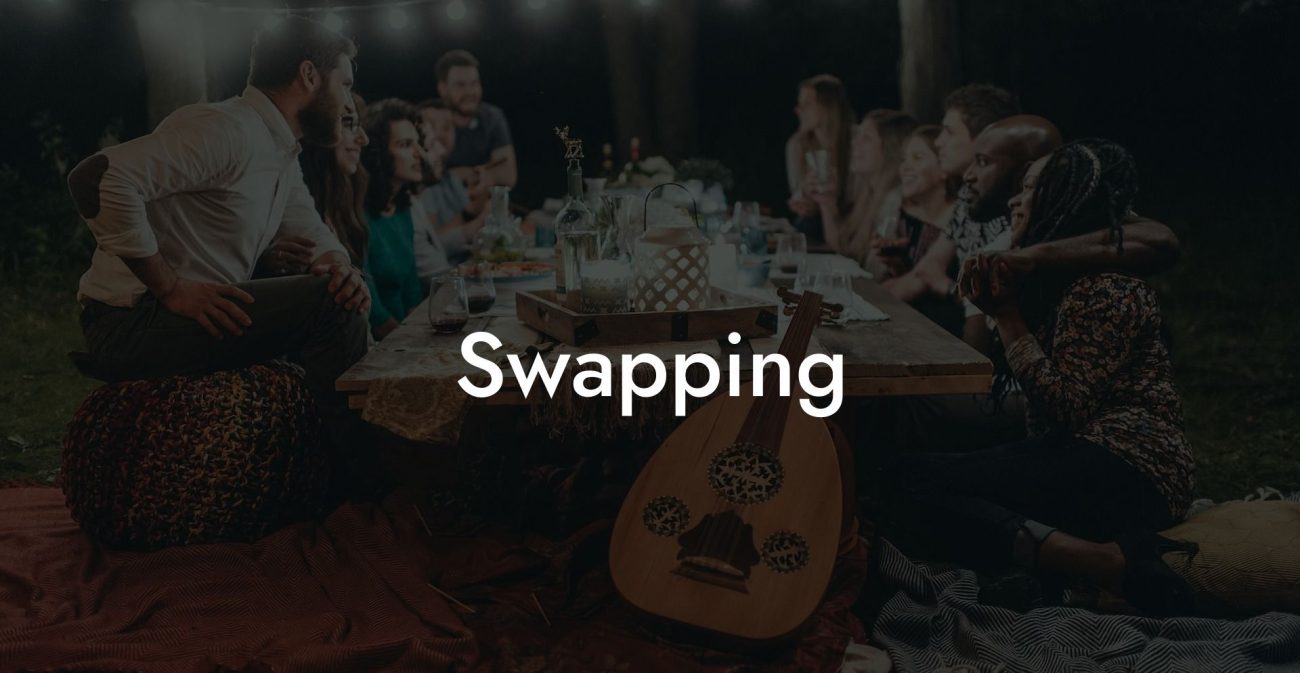Relationship Tapestry
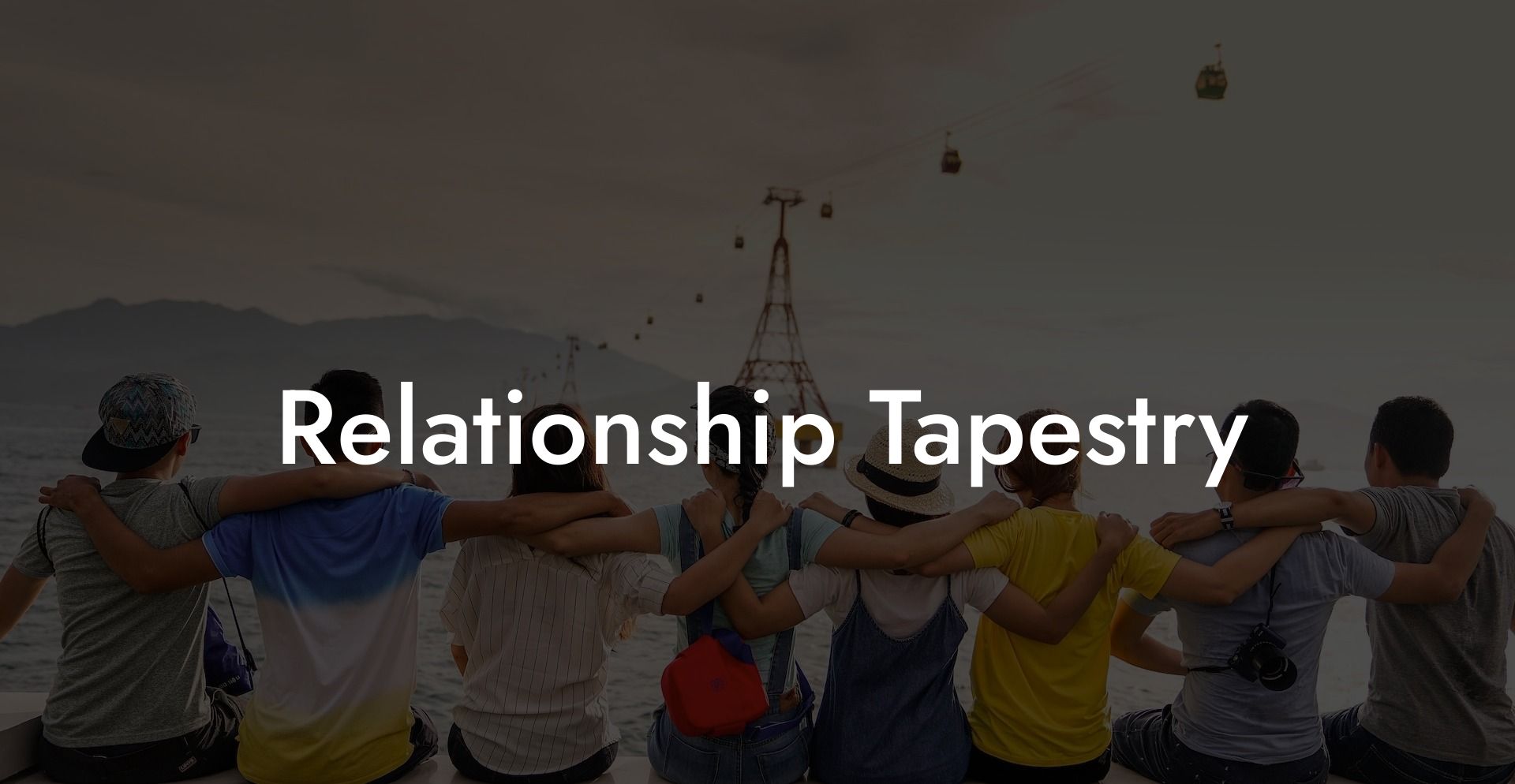
Imagine a vast, intricate tapestry woven from countless threads of connection, each thread representing a unique relationship, a shared moment, or an evolving bond that adds texture and depth to your life. Welcome to Relationship Tapestry, a concept in ethical non monogamy that redefines how we view our connections. In this model, every relationship, from the most intimate romantic bond to a supportive friendship or a casual encounter, is considered an essential strand in a grand, interwoven fabric. Each thread enhances the overall design, creating a masterpiece that is as dynamic and diverse as the individuals who contribute to it.
Quick Links to Useful Sections
- The Ethical Non Monogamy Term: Relationship Tapestry
- What Is Relationship Tapestry?
- Core Principles of Relationship Tapestry
- A Quick Video Explanation
- Historical and Cultural Perspectives on Relationship Tapestry
- From Singular Narratives to Multifaceted Masterpieces
- Cultural Shifts in Modern Relationships
- Everyday Dynamics of Relationship Tapestry
- Building and Weaving Your Tapestry
- Renegotiating Boundaries in Your Tapestry
- Benefits of Embracing Relationship Tapestry
- Richer, More Layered Emotional Connections
- Personal Growth and Self-Discovery
- Improved Communication and Conflict Resolution
- Collective Resilience and Shared Support
- Challenges of Relationship Tapestry
- Managing Emotional Complexity
- Balancing Individual Autonomy with Collective Cohesion
- Adapting to Continuous Change
- Navigating External Judgment
- Frequently Asked Questions (FAQ)
- Resources and Community Support: Your Next Steps
The Ethical Non Monogamy Term: Relationship Tapestry
What Is Relationship Tapestry?
Relationship Tapestry is a metaphorical framework that encourages you to see your love life as a collective work of art. Instead of compartmentalizing your relationships or viewing them in isolation, this approach invites you to consider every connection as a thread that, when woven together, forms a resilient, multifaceted fabric of intimacy. In ethical non monogamy, the tapestry represents the beauty of diversity in relationships, where each bond, whether fleeting or long-lasting, plays a critical role in defining your emotional landscape.
With Relationship Tapestry, the focus shifts from seeking a single “perfect” relationship to appreciating the collective strength and beauty that emerges when multiple connections interlace. It’s an acknowledgment that your heart has the capacity to love in many different ways and that every encounter contributes to a richer, more complex portrait of who you are.
Core Principles of Relationship Tapestry
- Interconnectedness: Every relationship, regardless of its nature, is a crucial part of your overall emotional fabric. Each thread is interwoven, influencing and enhancing the others.
- Diversity of Bonds: Embrace the variety of connections you form, romantic, platonic, sexual, intellectual, or spiritual, as each adds a unique texture to your tapestry.
- Dynamic Evolution: Recognize that relationships are not static. As you grow and change, so too does the tapestry, continuously reshaping itself with new experiences and perspectives.
- Open Communication: Regular, honest dialogue is the loom that holds the tapestry together. Transparent communication ensures that every strand is aligned with your evolving emotional needs.
- Adaptive Boundaries: Flexibility in your relationship agreements allows your tapestry to adapt gracefully to life’s changes. Boundaries should be continuously revisited and adjusted to keep the fabric strong and cohesive.
- Mutual Empowerment: Each connection enriches the entire network. The growth and fulfillment of one partner contribute to the strength and vibrancy of the overall tapestry.
- Holistic Integration: Incorporate every aspect of intimacy, emotional, physical, intellectual, and spiritual, into a unified whole that reflects your complete self.
A Quick Video Explanation

Historical and Cultural Perspectives on Relationship Tapestry
From Singular Narratives to Multifaceted Masterpieces
Traditionally, many cultures have idealized love as a singular, often exclusive, relationship, an isolated portrait of romance that left little room for the diverse expressions of human connection. Monogamous models, deeply embedded in historical and cultural narratives, celebrated the idea of a single soulmate or an ideal partnership that was meant to last a lifetime. These narratives, while beautiful in their own right, often obscured the complex and varied nature of love.
Over time, as the ideas of ethical non monogamy and polyamory gained traction during the sexual revolution and through progressive social movements, people began to challenge the limitations of a one-dimensional view of love. Early pioneers in non monogamous communities observed that individuals often experience multiple forms of intimacy simultaneously, each relationship contributing its own story to their life. This led to a shift in perspective: rather than seeking to fit love into a single mold, many embraced the concept of a Relationship Tapestry, where every connection, no matter how different, added to a collective, evolving masterpiece.
Cultural Shifts in Modern Relationships
In the modern era, especially with the advent of digital connectivity, the way we form and maintain relationships has transformed dramatically. Millennials and Gen-Z have grown up in an environment that values diversity, fluidity, and authenticity. The narrative around love is no longer confined to traditional models; instead, it has expanded to include a wide array of relationship structures that celebrate multiplicity.
Social media, relationship blogs, and online forums have all played pivotal roles in redefining our understanding of love. The concept of Relationship Tapestry now resonates with those who see their emotional lives as complex and interwoven. It empowers individuals to celebrate the richness of their varied connections, promoting a view of love as a boundless, ever-evolving tapestry that reflects the full spectrum of human experience.
Everyday Dynamics of Relationship Tapestry
Building and Weaving Your Tapestry
Living out a Relationship Tapestry involves intentionality and mindfulness. It’s about actively nurturing every connection in your life and recognizing that each one plays a role in your overall emotional well-being. Here are some practical strategies for building your tapestry:
- Daily Reflection: Set aside time each day for introspection. Journaling can help you record the small, significant moments that contribute to your emotional fabric.
- Creative Expression: Use art, photography, or scrapbooking to visually capture the layers of your relationships. Creating a physical or digital collage of your experiences can serve as a reminder of the beauty and diversity of your love life.
- Regular Check-Ins: Schedule both one-on-one and group conversations with your partners. These check-ins allow you to discuss your needs, adjust boundaries, and celebrate the growth of each connection.
- Shared Experiences: Organize gatherings, such as dinners, outings, or creative workshops, where you can interact with multiple partners simultaneously, reinforcing the interconnected nature of your relationships.
Renegotiating Boundaries in Your Tapestry
As with any dynamic system, the pieces of your Relationship Tapestry will evolve over time. Regularly reassessing and renegotiating boundaries is essential to ensure that your tapestry remains vibrant and balanced.
- Adaptive Boundaries: Recognize that your emotional needs may change. Hold periodic discussions with your partners to adjust your boundaries accordingly.
- Feedback Sessions: Create a safe space for constructive feedback where every partner can share their perspective on what is working and what might need to change.
- Flexible Agreements: Treat your relationship agreements as living documents, flexible guidelines that can be updated as you and your partners grow.
Benefits of Embracing Relationship Tapestry
Richer, More Layered Emotional Connections
When you view your love life as a tapestry, every connection is recognized as a valuable contribution to your overall emotional landscape. This perspective leads to relationships that are more resilient, complex, and fulfilling.
- Layered Intimacy: Each relationship adds depth and nuance, resulting in a multi-dimensional network of emotional connections that enriches your life.
- Enhanced Empathy: The diversity of your connections helps you understand and appreciate different aspects of love, fostering greater empathy and mutual support.
Personal Growth and Self-Discovery
The process of building and continually refining your Relationship Tapestry is a journey of self-discovery. By reflecting on each piece of your mosaic, you gain insights into your true desires, strengths, and areas for improvement.
- Increased Self-Awareness: Regular introspection helps you understand your emotional triggers and evolving needs, leading to more authentic self-expression.
- Empowerment Through Reflection: Embracing the complexity of your relationships reinforces your confidence and empowers you to make choices that align with your true self.
Improved Communication and Conflict Resolution
Open, honest communication is the cornerstone of a successful Relationship Tapestry. When every partner is committed to transparency, misunderstandings are minimized, and conflicts are resolved constructively.
- Proactive Dialogue: Regular check-ins ensure that issues are addressed before they escalate, keeping your connections healthy and supportive.
- Constructive Feedback: A culture of open communication allows for the sharing of insights and experiences, facilitating effective conflict resolution and continuous improvement.
Collective Resilience and Shared Support
The strength of your Relationship Tapestry lies in its collective resilience. When each connection contributes to a larger network, you build a robust support system that helps you navigate life’s challenges.
- Shared Strength: The collective support from diverse relationships provides multiple sources of comfort and guidance during difficult times.
- Unified Growth: As every relationship evolves and adds to your emotional tapestry, the overall network becomes more adaptable, resilient, and empowering.
Challenges of Relationship Tapestry
Managing Emotional Complexity
With so many diverse relationships, your emotional landscape can become intricate and sometimes overwhelming. Balancing the various threads of your tapestry requires ongoing attention and care.
- Tip: Engage in regular self-reflection and journaling to process your emotions and maintain clarity about your needs.
- Tip: Schedule routine check-ins with your partners to ensure that every relationship is nurtured and that boundaries are continuously adjusted.
Balancing Individual Autonomy with Collective Cohesion
Finding the right balance between your personal needs and the overall integrity of your Relationship Tapestry can be challenging. Conflicts may arise when individual desires clash with the collective vision.
- Tip: Foster open, honest dialogue with your partners to negotiate boundaries that honor both your individuality and the needs of the network.
- Tip: Practice empathy and active listening to ensure that every voice is heard and valued in the collective narrative.
Adapting to Continuous Change
As your relationships evolve, the composition of your tapestry may need to be reconfigured, which can be both exciting and destabilizing. Embracing change requires flexibility and a willingness to continuously update your emotional framework.
- Tip: View changes as opportunities for growth rather than disruptions, and approach adjustments with a positive mindset.
- Tip: Regularly revisit your relationship agreements and be open to iterative changes that reflect your current self.
Navigating External Judgment
Despite progressive shifts in relationship models, external criticism or societal expectations may still challenge your approach to a multifaceted love life. Such pressures can lead to self-doubt or the temptation to conform to conventional norms.
- Tip: Surround yourself with a supportive community that celebrates diverse forms of connection.
- Tip: Focus on your personal growth and the intrinsic value of your unique tapestry, allowing external opinions to fade into the background.
Frequently Asked Questions (FAQ)
1. What is Loving Mosaic in ethical non monogamy?
Loving Mosaic is a metaphor for viewing your love life as an intricate collage of diverse relationships, where every connection contributes a unique piece to your overall emotional tapestry.
2. How does Loving Mosaic differ from traditional relationship models?
Traditional models often focus on a singular, exclusive bond, whereas Loving Mosaic celebrates multiple, interwoven relationships that collectively enrich your emotional experience.
3. What are the core principles of Loving Mosaic?
Core principles include diversity of connection, fluid integration, authentic self-expression, mutual empowerment, open communication, adaptive boundaries, and the appreciation of every unique contribution to your overall love life.
4. How can I start building my own Loving Mosaic?
Begin by acknowledging every meaningful connection in your life. Engage in self-reflection, document your experiences through creative outlets, and maintain open dialogue with your partners to nurture each relationship.
5. What benefits does Loving Mosaic offer?
Benefits include richer, more layered emotional connections, increased self-awareness, improved communication and conflict resolution, and a resilient support network that adapts to your evolving needs.
6. What challenges might I encounter while cultivating a Loving Mosaic?
Challenges can include managing emotional complexity, balancing individual autonomy with collective dynamics, adapting to continuous change, and navigating external judgment or societal pressures.
7. How important is communication in maintaining a Loving Mosaic?
Communication is vital, it ensures that every piece of your emotional collage is understood and that boundaries are continuously renegotiated to reflect your true self.
8. Can Loving Mosaic be applied to both monogamous and non monogamous relationships?
Yes, Loving Mosaic is a universal concept that can enhance any relationship model by promoting a rich, interconnected network of diverse connections.
9. How do adaptive boundaries contribute to a Loving Mosaic?
Adaptive boundaries allow your relationships to evolve naturally, ensuring that as your emotional needs change, your connections remain healthy, consensual, and reflective of your current self.
10. What role does self-reflection play in Loving Mosaic?
Self-reflection is essential, it helps you understand your evolving emotional landscape, track your personal growth, and adjust your relationships to align with your true self.
11. How do shared experiences enhance Loving Mosaic?
Shared experiences add depth and meaning to your emotional network, creating a vibrant tapestry of collective memories that enriches your overall love life.
12. Where can I find additional resources on Loving Mosaic and ethical non monogamy?
Additional resources include books like The Ethical Slut by Dossie Easton & Janet Hardy, podcasts such as Multiamory, and online communities like r/polyamory that offer insights and guidance on building and sustaining a diverse, resilient love network.
Resources and Community Support: Your Next Steps
- The Ethical Slut by Dossie Easton & Janet Hardy – A seminal text offering deep insights into ethical non monogamy and practical strategies for creating a rich, multifaceted Loving Mosaic.
- Podcasts: Listen to Multiamory and similar podcasts for expert advice, personal stories, and creative ideas on nurturing your Loving Mosaic.
- Online Communities: Join forums like r/polyamory to share experiences, ask questions, and connect with others who celebrate diverse expressions of intimacy.
- Workshops and Webinars: Attend events on relationship psychology, creative communication, and ethical non monogamy to deepen your understanding and expand your support network.
- Therapy and Counseling: Consider professional guidance if you need help managing complex emotions or navigating the evolving dynamics of your Loving Mosaic.
By engaging with these resources and applying the practical strategies outlined in this guide, you can fully embrace Loving Mosaic as a transformative approach to your love life. Celebrate every unique piece of connection, nurture the diverse threads that form your emotional tapestry, and let your relationships evolve into a vibrant, ever-changing masterpiece of authentic, empowered intimacy.
Lost & confused by all of the terms, types and seemingly made up 3 letter acronyms?? We've got you. Check out our Ethnical Non-Monogamy Dictionary >>
Useful Interruption: Not sure which relationship vibe fits you best? Take our Relationship Test, it’ll give you the real insight into your natural relationship style. Then, dive into our binge-worthy guides (from the tried-and-true to the “wait, that’s a thing?”) and find the perfect relationship type for your life:
- Monogamy
- Open Relationships
- Ethical Non-Monogamy
- Solo Polyamory
- Non-Hierarchical Polyamory
- Hierarchical Polyamory
- Relationship Anarchy
- Swinging
Now back to the main article but yeah take the test...

